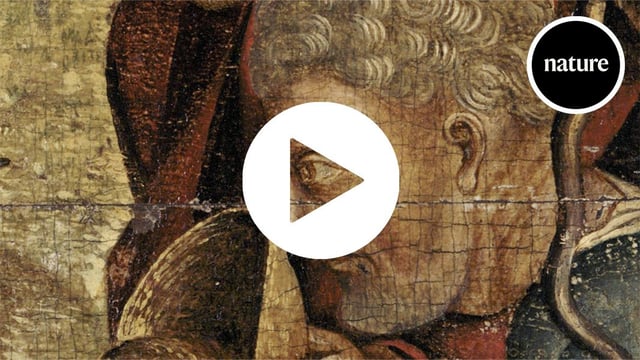Overview
- MIT graduate student Alex Kachkine developed the method by scanning a cleaned painting, creating a digital restoration and printing it onto a two-layer polymer mask.
- In tests on a 15th-century oil painting, the technique infilled over 5,600 damaged regions using 57,000 colours in just 3.5 hours.
- The thin removable films adhere to flat, varnished canvases and can be peeled off or dissolved with conservation-grade solutions.
- A digital record of each mask preserves exact restoration details for future conservators and helps maintain fidelity to the artist’s original intent.
- The approach is most effective on smooth oil paintings and requires conservator oversight to address ethical and stylistic considerations.



